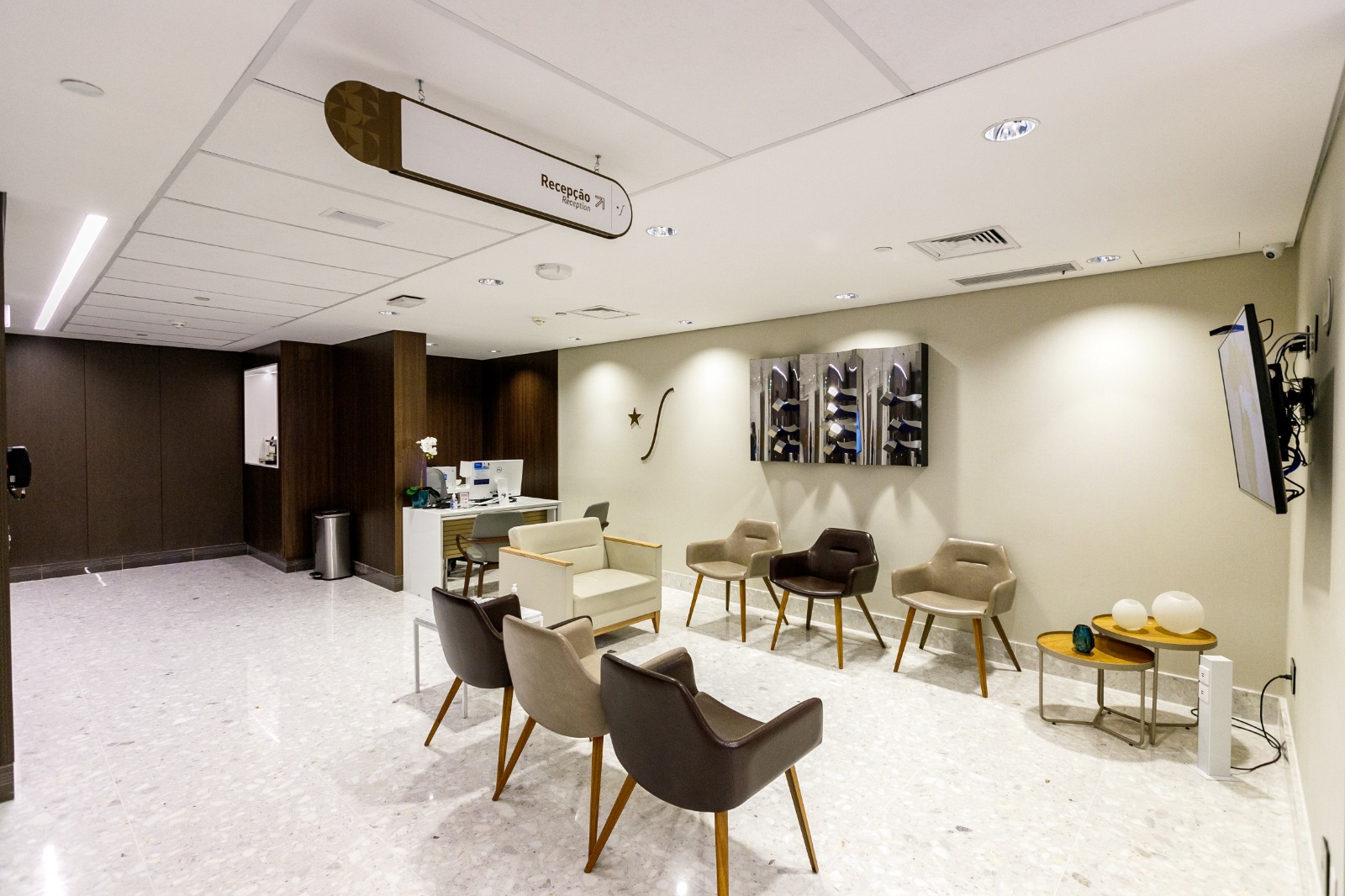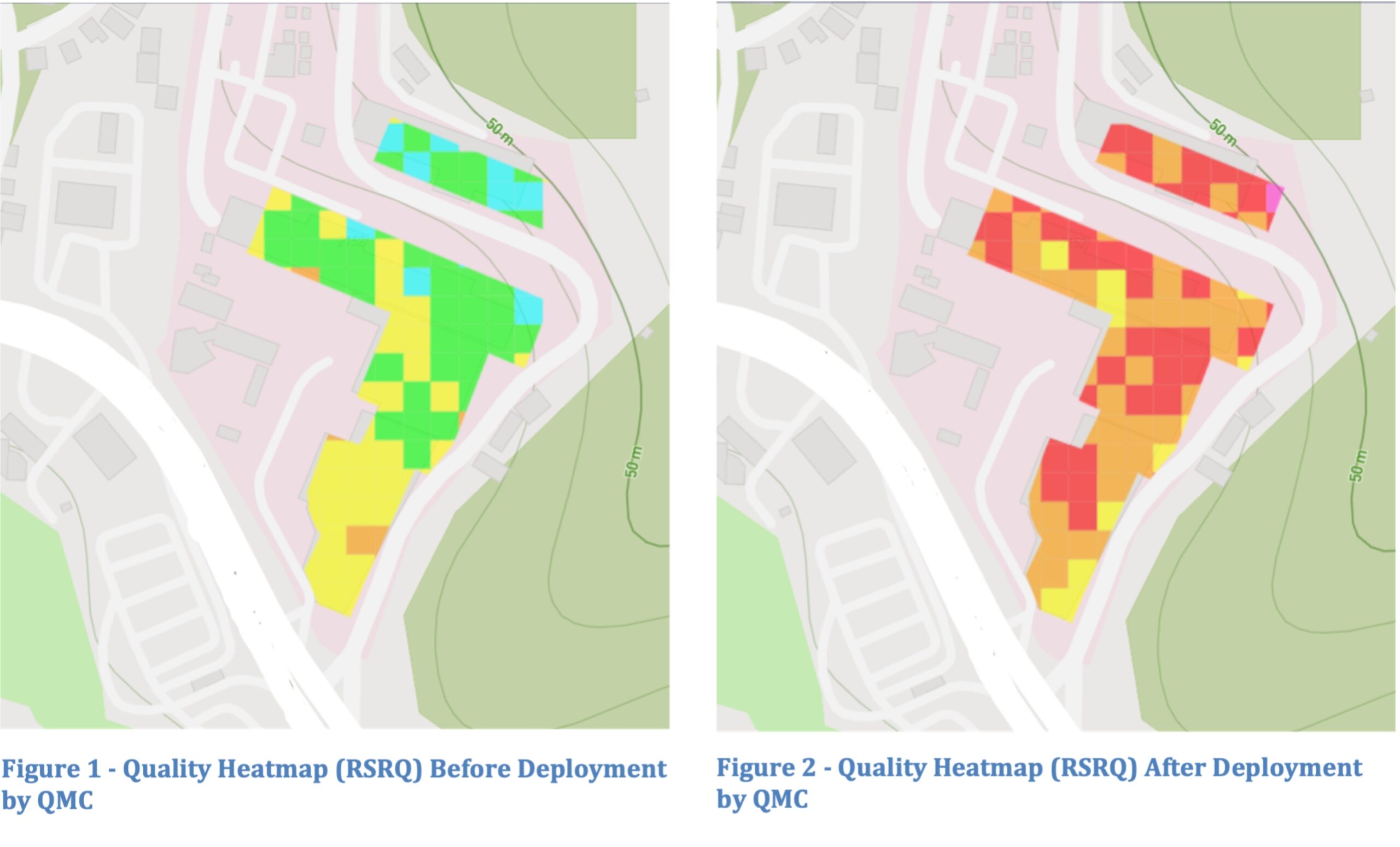Cellular Coverage in Healthcare
The healthcare sector’s digital transformation—accelerated by the pandemic—has cemented connectivity as indispensable to hospital operations. Where mobile signal and internet access were once differentiators, today they are critical requirements for medical care, patient monitoring, and systems integration. Virtual consultations, telemonitoring, electronic health records (EHRs), and the widespread use of digital equipment are only possible when connectivity infrastructure is reliable, stable, and secure.
With the deployment of 5G, the landscape becomes even more challenging—and more promising. Thanks to low latency, ultra‑high speeds, and the ability to connect thousands of devices simultaneously, 5G enables remote surgeries, AI‑assisted diagnostics, real‑time monitoring, and integration of smart medical equipment. To unlock these advances, however, one invisible and fundamental prerequisite must be in place: indoor connectivity. That is where QMC’s DAS (Distributed Antenna System) becomes essential.

Beyond coverage, QMC’s DAS delivers reliability, security, and future‑readiness. It ensures stable connectivity in critical hospital areas—such as surgical suites and intensive care units—supporting vital medical equipment. It also operates under mobile carriers’ protocols, which provide more robust protection layers than typical Wi‑Fi networks, reducing risks of cyberattacks, data leaks, and system interruptions.
Another differentiator is high availability, which prevents drop‑offs or congestion even during peak demand. The system is multi‑operator, meaning any device can connect without passwords or local Wi‑Fi. It is scalable and built to support 4G, 5G, and future evolutions simultaneously, and is monitored 24/7 by QMC’s NOC, which proactively works to prevent failures.
DAS deployments in hospitals have already produced concrete outcomes. QMC currently serves 27 hospitals in Brazil, covering more than 5,000 beds and supporting a monthly flow of roughly 1 million people. This infrastructure has helped reduce communication failures by up to 70%, accelerate diagnostics, speed up clinical decision‑making, and significantly improve the experience for patients, families, and healthcare professionals.
